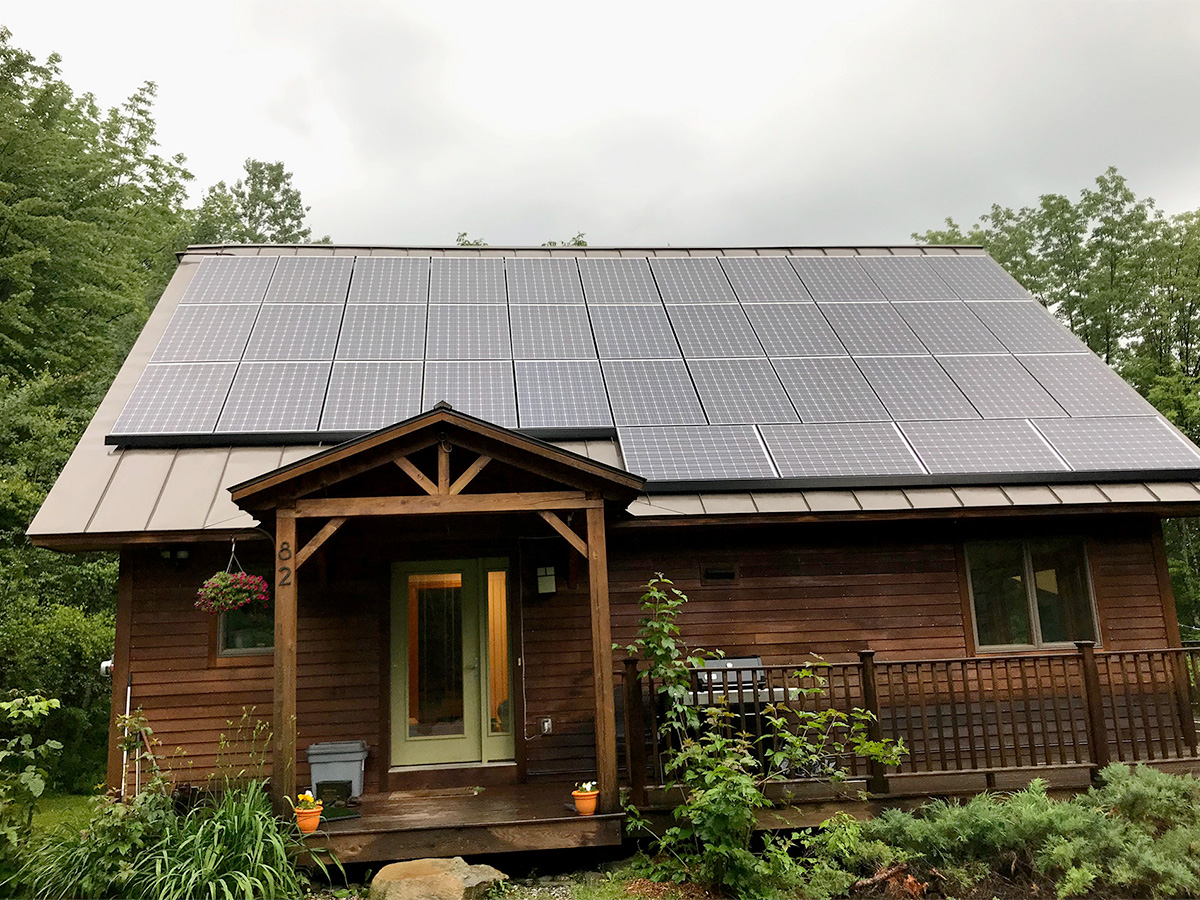Pre-Cloud: The Early Days
When we first started VickeryHill, we used a simple image of a cloud to represent the internet. It was a gray shape that connected all our software, hardware, and visitors in our diagrams, symbolizing a basic transport system between two points. In 2005, we upgraded from a half-height server rack to a full 7' rack in the basement of our barn. This setup included a 3000VA UPS, four servers (for file management, databases, and email), a telephone system, a firewall, a router, two switches, a Google Enterprise search appliance, and a support PC. Our office had five workstations, each with two 19" CRT monitors. The electric bill was $200-225 a month, and we didn’t even have air conditioning. We kept local copies of all files, databases, and websites, backed up to DLT tapes. We installed a generator that would kick in automatically within 8 seconds of a power outage. Our internet was upgraded from bonded ISDN (128kbps) to the fastest DSL we could get at 3Mbps down and 0.5Mbps up. We were running Windows XP. And there was no iPhone.
Oh, and we used to walk uphill to work both ways in the snow...in flip-flops.
The Cloud Thickens
Between 2006 and 2010, we kept most non-website data in-house, backed up and stored off-site. Whenever we lost power or internet (which happened every few months), the generator kept us running locally. Internet providers came and went, but we found Rackspace and moved every client website to their Texas-based servers. Invoices were still mailed out to 25-30 clients each month—yes, by snail mail! We reinvested in two new servers, which bumped our power bill by 10%, but the internet was still only 3Mbps.
We made sure to bundle up for those uphill walks to work—boots, goggles, and gloves, but at least we stayed warm.
Light Speed in the Mountains of Vermont
Our local independent TelCo, WCVT, received a USDA Broadband Initiatives grant and began laying fiber throughout the Green Mountains. Our remote barn location meant we had slower internet, but it also meant we were among the first to get fiber. The only question was, “How much bandwidth do you want?” We took it all—Gigabit synchronous fiber, with 1,000 Mbps for both upload and download!
The 1%
Suddenly, we were connected to the internet faster than 99% of the world. We moved our entire file system—11 years of data—onto Dropbox for Business. We ditched the postal service for Freshbooks and email invoices. We decommissioned our Exchange Server and switched to hosted email with Rackspace. Microsoft Active Directory was retired, and one by one, we migrated to Apple laptops. We even added Sonos to the barn. The iPhone 4 was released. Our enormous UPS in the basement now sat unused, only powering a few Ethernet switches. The power bill dropped below $100 a month.
Things were finally running smoothly—we were catching the bus to work, listening to podcasts, and staying up-to-date on the news.
Technology Curves Converge
Fast-forward to the 17th year of VickeryHill. The 30% tax incentive for solar power is still in place. Tesla acquired SolarCity, and our power company, Green Mountain Power, partnered with Tesla to bring the Powerwall to Vermont, along with some serious engineering and installation teams. GMP is even encouraging customers to go off-grid. Solar panel costs have dropped, and their efficiency has improved. Meanwhile, electricity prices continue to rise.
SolarCity and others now use advanced software, Google Maps, and Sun Bot devices to accurately predict solar power generation, taking fisheye photos of the desired surface to map the horizon and identify obstructions.
Going Solar
Last week, SolarCity installed 37 x 325W photovoltaic solar panels on the best surface available—Steve and Carrie’s house’s standing seam roof (since the barn had less usable roof space). That’s over 12kW of generation power, enough to power both the barn and the house.

We occasionally work from remote locations, like the Virgin Islands or Florida, or even from shared workspaces. But the Vermont skies remain quiet and full of stars, and now, the closest star, a yellow dwarf, powers everything we do at VickeryHill. Literally.
Most importantly, it just felt like the right thing to do—environmentally, financially, and politically.
